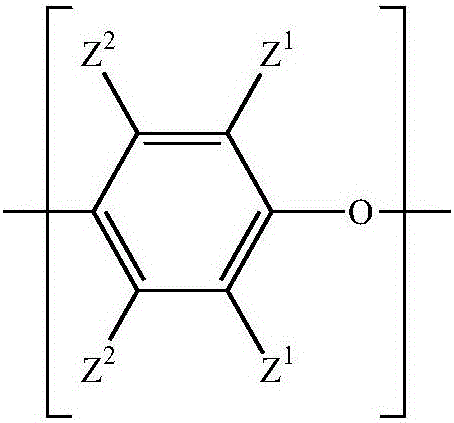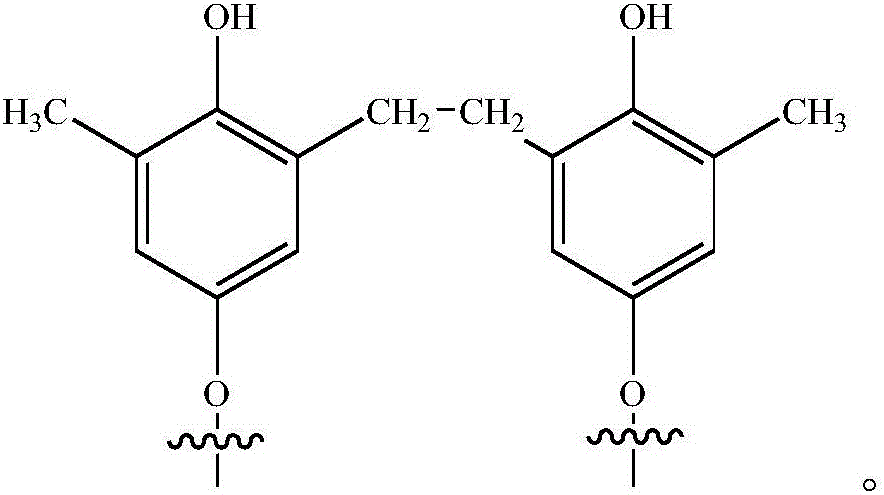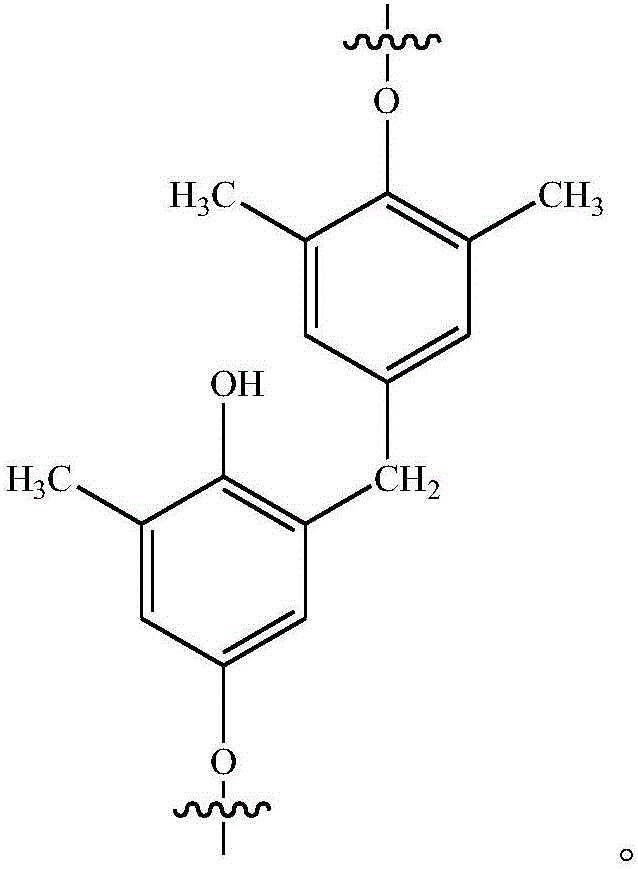Non-dusting poly (phenylene ether) particles
A phenylene ether and particle technology, which is applied in the field of dust-free poly(phenylene ether) particles and can solve problems such as affecting the physical properties of the composition
- Summary
- Abstract
- Description
- Claims
- Application Information
AI Technical Summary
Problems solved by technology
Method used
Image
Examples
Embodiment approach 1
[0085] Embodiment 1: non-dusting poly(phenylene ether) particles comprising: 80 to 96 weight percent poly(phenylene ether) particles having an average particle size of 1 to 40 microns; and 4 to 20 weight percent a liquid reactive diluent; wherein all amounts are based on the combined weight of the poly(phenylene ether) particles and liquid reactive diluent; and wherein the non-dusting poly(phenylene ether) particles do not comprise all of the following: Poly(alkenyl aromatic) resins, rubber-modified poly(alkenyl aromatic) resins, and hydrogenated, partially hydrogenated, and non-hydrogenated block copolymers of alkenyl aromatic monomers and conjugated dienes.
Embodiment approach 2
[0086] Embodiment 2: The non-dusting poly(phenylene ether) particles of Embodiment 1, further comprising 0 to less than 0.1 parts of liquid polyethylene glycol, mineral oil, silicone liquid, and combined hydroxyl-terminated polybutylene per 100 parts poly(phenylene ether) particles.
Embodiment approach 3
[0087] Embodiment 3: The non-dusting poly(phenylene ether) particle of Embodiment 1 or 2, wherein the liquid reactive diluent is selected from a first polyol having at least two hydroxyl groups per molecule, a first ring An epoxy resin, a first ethylenically unsaturated monomer, a polyether-modified polysiloxane, and combinations thereof.
PUM
| Property | Measurement | Unit |
|---|---|---|
| particle size | aaaaa | aaaaa |
| particle diameter | aaaaa | aaaaa |
| particle size | aaaaa | aaaaa |
Abstract
Description
Claims
Application Information
 Login to view more
Login to view more - R&D Engineer
- R&D Manager
- IP Professional
- Industry Leading Data Capabilities
- Powerful AI technology
- Patent DNA Extraction
Browse by: Latest US Patents, China's latest patents, Technical Efficacy Thesaurus, Application Domain, Technology Topic.
© 2024 PatSnap. All rights reserved.Legal|Privacy policy|Modern Slavery Act Transparency Statement|Sitemap



